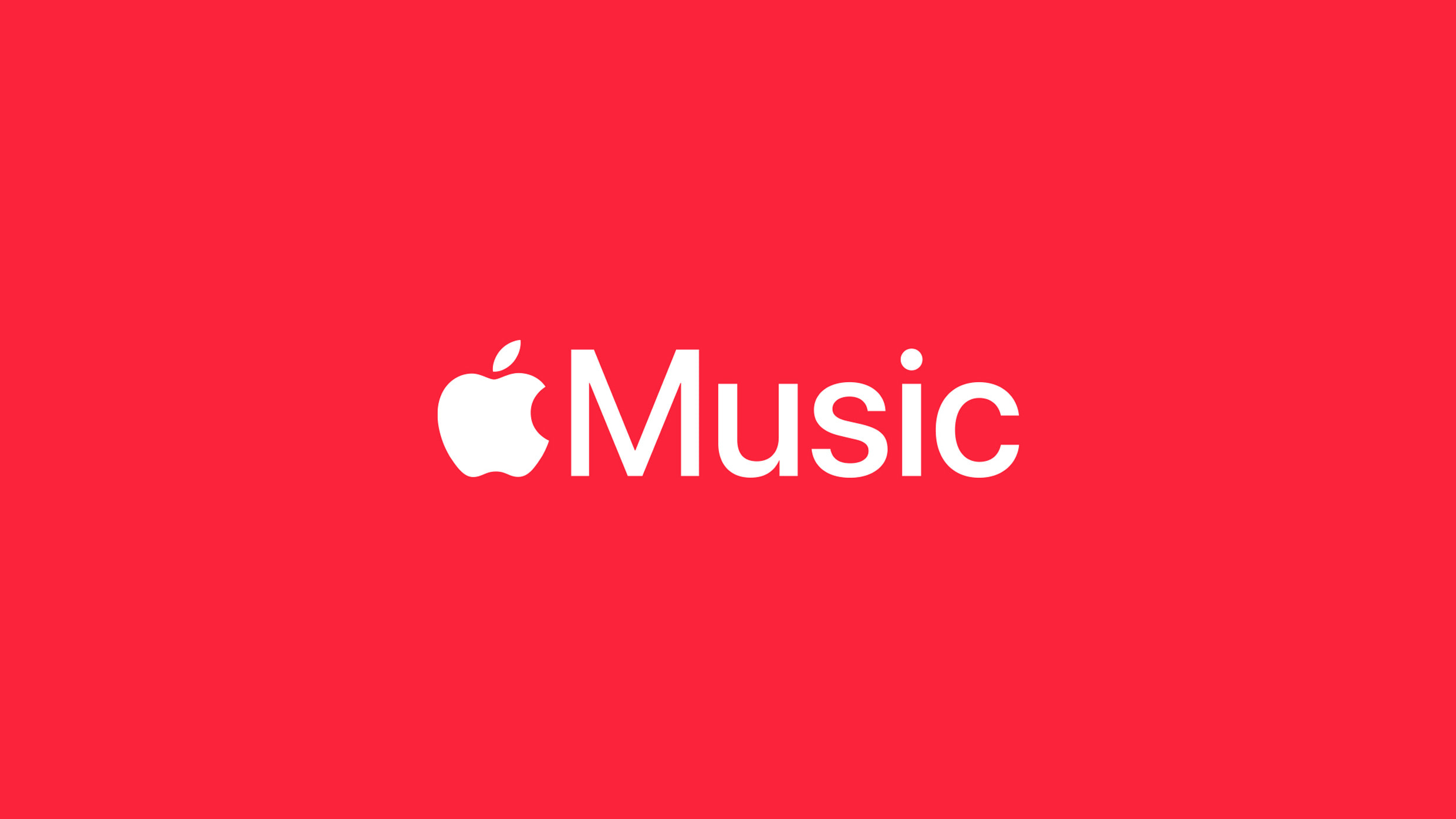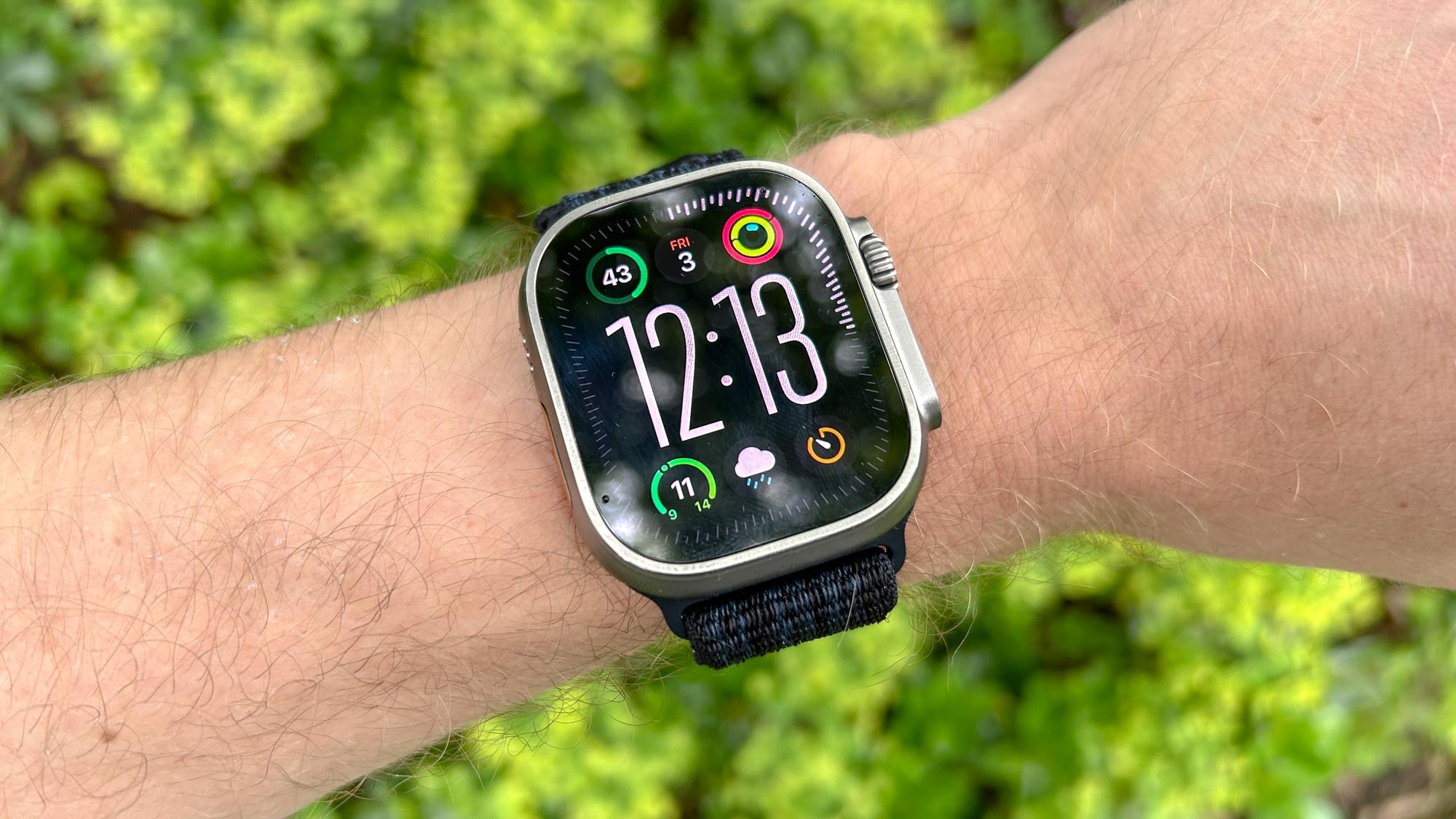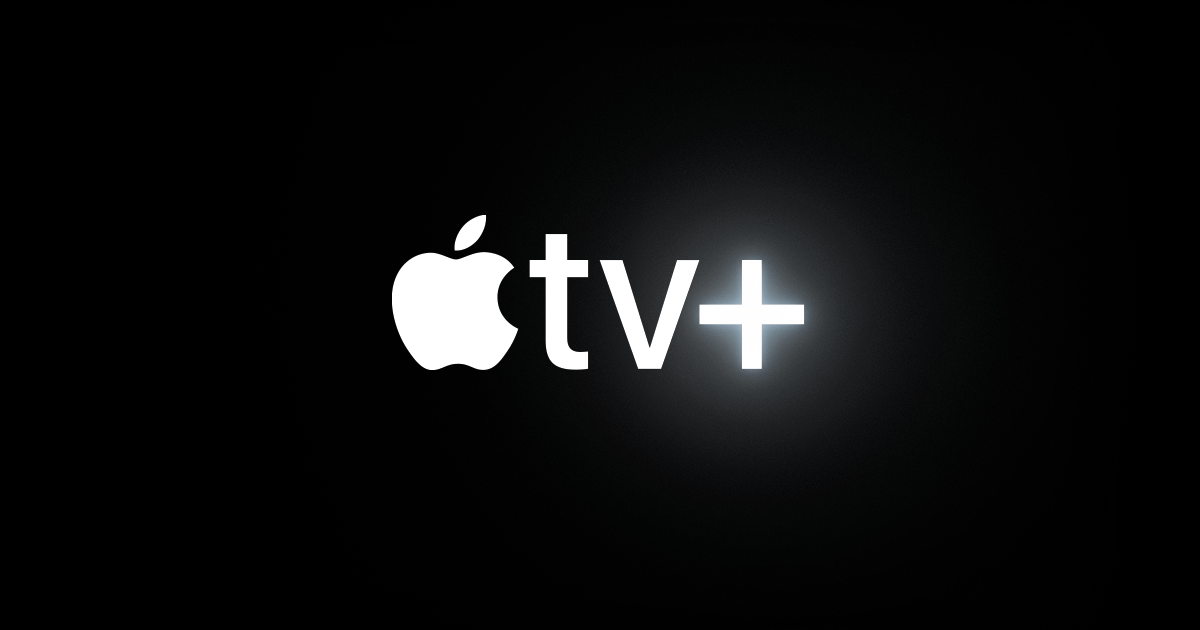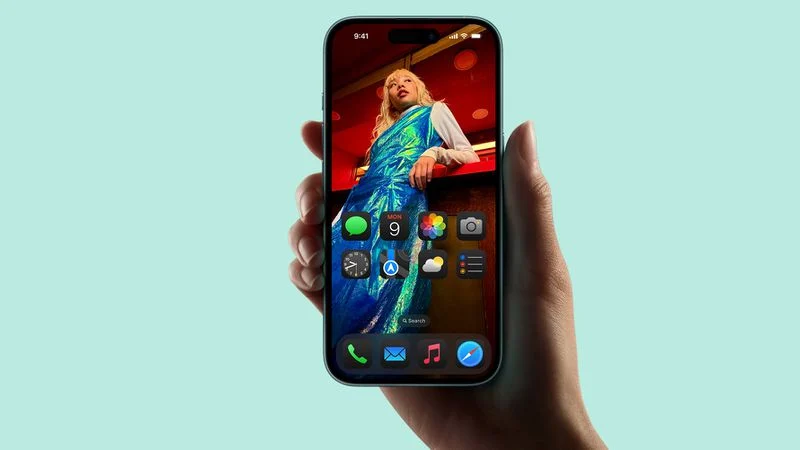Apple is gearing up to release its first foldable iPhone in 2026, and it’s poised to shake up the smartphone world. Insights from Bloomberg’s Mark Gurman highlight two key areas where this device will outshine its competitors.
First, the foldable iPhone will boast a nearly flawless display when unfolded. Unlike other foldable phones with a noticeable crease at the bend, Apple’s screen will appear smooth and seamless. This creates a crisp, immersive experience for everything from streaming movies to browsing apps, giving users a sleek, high-end feel.
Second, the phone’s hinge will be a cut ABOVE. According to analyst Ming-Chi Kuo, Apple’s hinge, crafted with a blend of titanium and stainless steel, will offer unmatched durability and a silky-smooth folding motion. This sturdy design ensures the device holds up over time, even with frequent use.
Kuo also revealed some exciting details: the iPhone will feature a 7.8-inch inner screen, perfect for a tablet-like experience, and a 5.5-inch outer display for quick tasks. It’ll come with dual rear cameras, a front-facing camera, a Touch ID-enabled power button (skipping Face ID), and a robust battery.
Unfolded, it’s ultra-slim at 4.5mm, and when folded, it measures 9mm to 9.5mm thick. With a price tag around $2,000, Apple’s foldable iPhone aims to redefine luxury smartphones. Its blend of a stunning display and a tough, reliable hinge could make it a must-have for tech fans.







